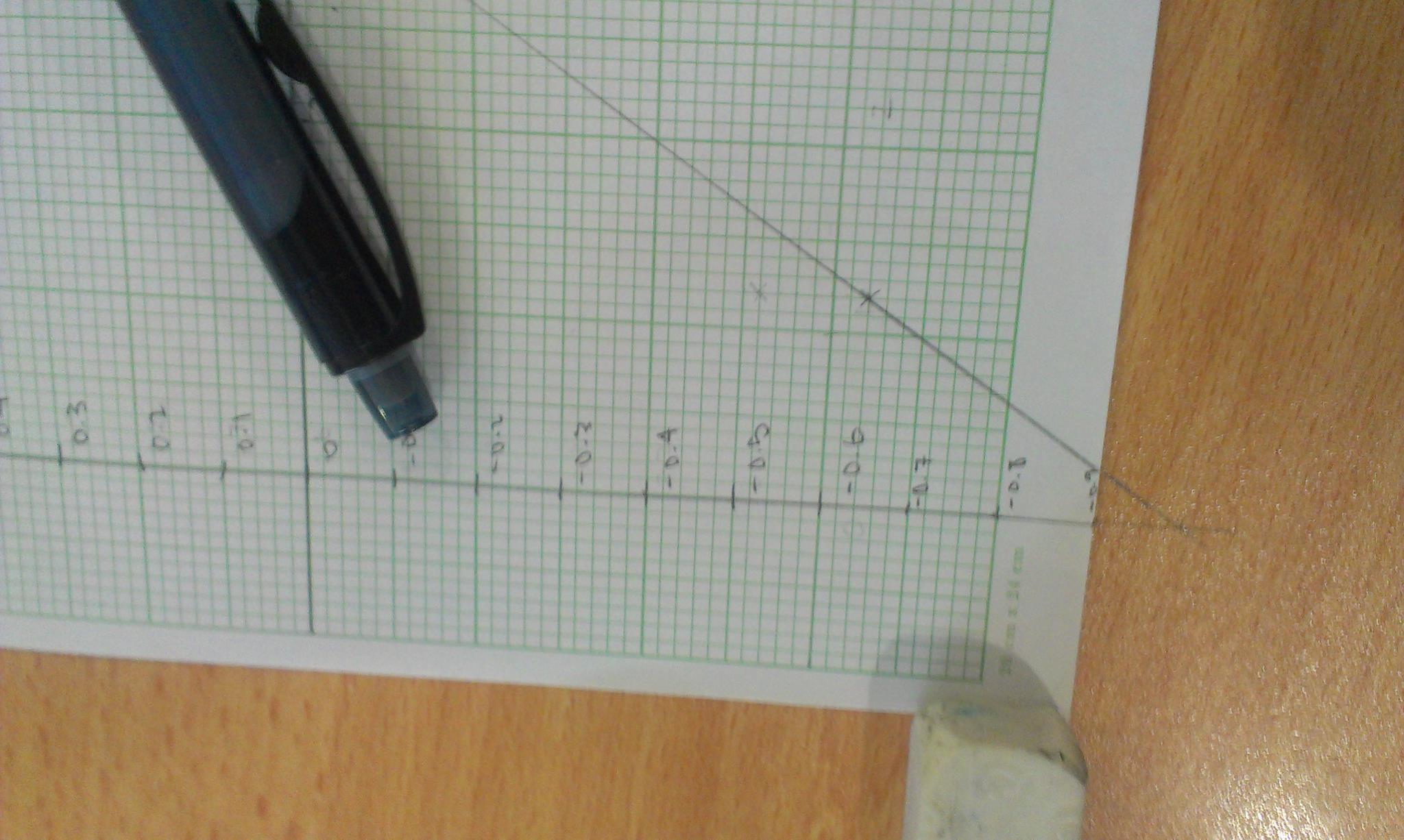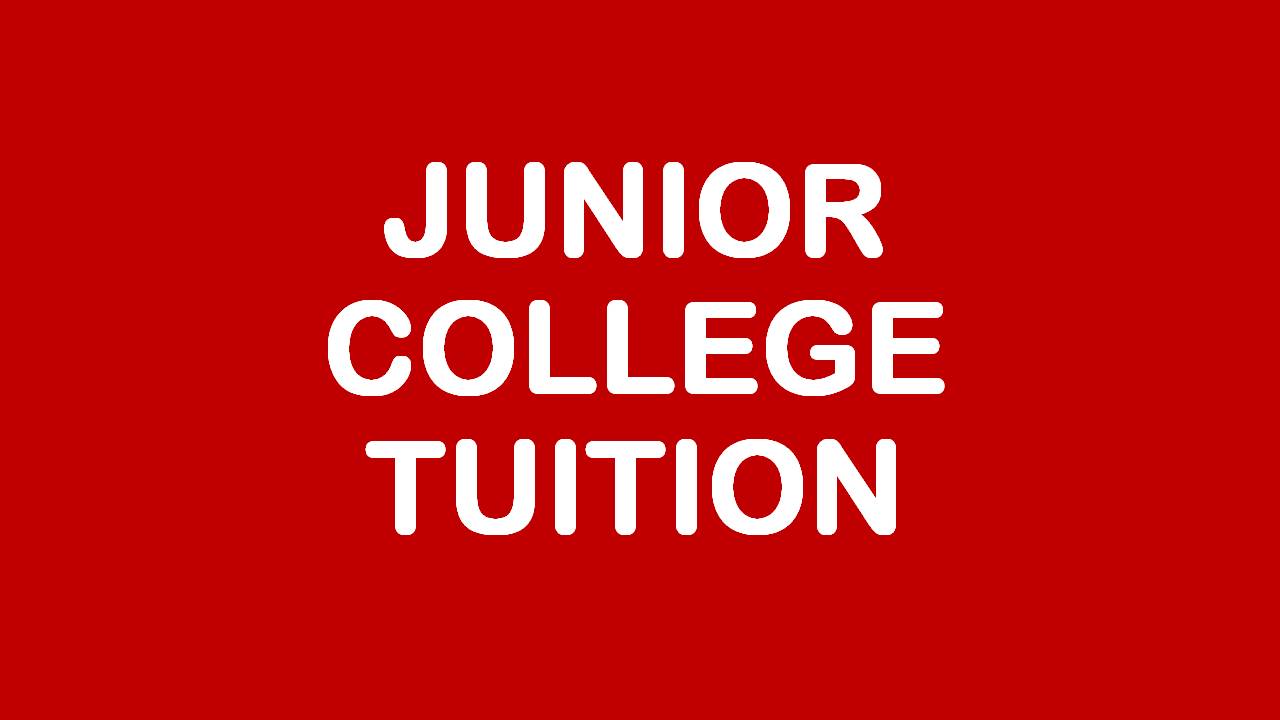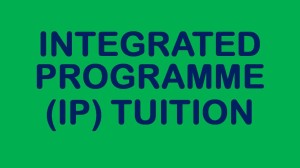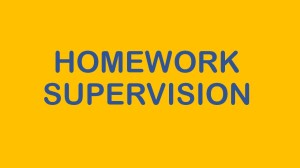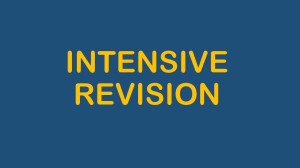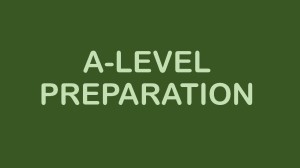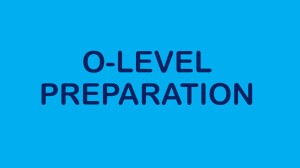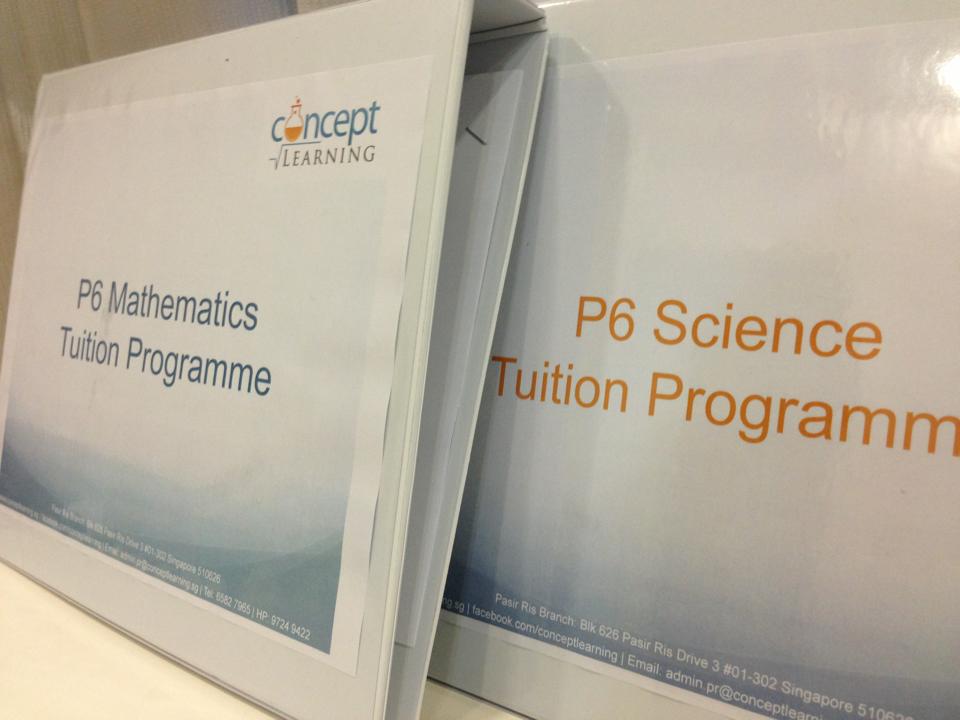For our latest timetable, click here => 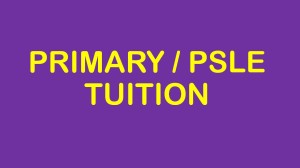
===============================================================
ORIGINAL POST(OUTDATED):
Level/Subject: PSLE / P6 Math
Day/Time: Every Thursday, 5.45pm to 7.15pm
Location: Blk 627, Bt Batok Central
Focus: Metacognitive learning and problem-solving using Concept Learning’s worksheets plus additional materials.
Fee: $120 per month (To Register, call or sms to 97860411)
Tutor: Mr Ilyasa
A former MOE school teacher, Mr Ilyasa has been coaching students in ‘A’ Level (H2/H1) Physics and (H2/H1) Mathematics for more than 7 years, as well as ‘O’ Level Physics, Additional Math, Math and PSLE Math for more than 10 years. An alumnus of RI and RJC, Mr Ilyasa holds a Bachelor of Science degree with Merit from the National University of Singapore, a Postgraduate Diploma in Education with Credit from the National Institute of Education, Singapore, and a Master of Education (Curriculum & Teaching) degree also from the NIE, Singapore.
Interested in PSLE Math & Science Intensive Revision during Mar and June holidays? Click here.
How my student found his y-intercept …
Improvement in a student’s math result …
Daniel, one of A. Math tutees, showed me his class test result yesterday: 34/40. The test was on Indices and Surds, Wow, excellent, I said to him. Daniel is from the N(A) stream, and usually fails his Math tests. That he could obtain 34/40 and top his class in just a few weeks of tuition was phenomenal. So I started reflecting on what went right, because there are many students, even those from top schools, who do not make such a giant leap in such a short amount of time.
So what was the major factor contributing to Daniel’s significant improvement? Well, it’s not some secret special technique. In fact, it’s a well-known technique that some students just don’t want to use – ask many, many questions, even “silly” ones, about the same topic until one is satisfied that understanding has been achieved. Daniel even questions me when he doesn’t understand the steps I show him, whereas many students simply copy or write down my solution. Daniel sometimes takes a while to process the information I give to him; he will pause and ponder, and then sheepishly asks a basic question. He will even ask questions periodically to affirm that his steps are correct.
Students need to make meaning out of what they hear or see; it’s not enough to just listen to teachers or observe what they do in class. And you make meaning when you have a dissonance in your mind; some pieces of the jigsaw puzzle don’t fit and you have the courage to ask and then ponder again.
Regarding asking questions, I have one advice though: you must attempt to answer your own questions first, for the struggle to answer your own questions will make it easier for you to understand another person’s explanation. : )
Good luck!
Rgds,
Ilyasa
“Models (drawing of) destroyed my life.” – Sec 3 Math student
I laughed when he said it. But it’s a significant statement by my Sec 3 Math student made two days ago. It’s something I’ve been warning parents and students about, in my earlier article Beware the Critical Years in Math.
This Sec 3 Math tutee is from a top government secondary school in the west. Being mathematically intelligent, he had found it easy to use models-drawing to solve PSLE Math problems. But he had a hard time coping with Algebra in Sec 1 and Sec 2, and it’s affecting both his Math and A. Math performance now. This situation is not unique to him.
The best years of learning by your brain is probably from the time you were born to just before your teenagehood. Singaporeans around my age or older were taught to use algebraic equations to solve math problems at the PSLE back then. I remember using simultaneous equations in 1984 to solve today’s “guess & check” problems in the PSLE. Thus our algebraic skills were good and it helped us, even those who didn’t do well at the PSLE, in doing O-Level and A-Level Math.
Algebra is SO important for Math at O-level and A-level, yet our dear MOE chooses not to introduce it for problem-solving in today’s PSLE. I still don’t understand why.
It is true that some young students may not be able to understand Algebra, due to it being very abstract. But it is also true that some young students are not visually or spatially intelligent enough to draw, cut and move rectangles to solve problems. For eg, what has rectangles got to do with mass or age? (you know, those problems involving age relationships between persons or mass relationships between objects). Using rectangles or boxes to represent age or mass is just as ridiculous or abstract as using letters such as ‘x’ and ‘y’ as in algebra.
The least the MOE should do is to allow the teaching of BOTH methods to solve problems. Since those boxes start appearing in P2 or P3, algebraic expressions should also be introduced at P2 or P3, algebraic expansion in P4, algebraic factorisation in P5, and algebraic equations in P6. Sec 1 students can straightaway start on algebraic fractions etc. Do we lose anything by introducing algebra earlier in our math curriculum?
I’m glad I started my Sec 1 Algebra course for post-PSLE students in Nov and Dec last year (see Sec 1 Algebra Headstart Holiday Enrichment Programme for post-PSLE students). I think students still don’t realise how ill-prepared they are for math in sec school and JC. I dare say that if you are weak in your S1 and S2 algebra, you don’t have to take Math anymore.
Good Luck.
Rgds,
Ilyasa
(M.Ed., PGDE, B.Sc, ex-teacher, full-time tutor: 97860411)
_______________________________________
TUITION CLASSES:
_______________________________________________________________
EDUCATIONAL SERVICES:
______________________________________________________________
By EX-MOE TEACHERS & EXPERIENCED TUTORS
@ BLK 644, BUKIT BATOK CENTRAL, #01-68. S(650644).
CALL 65694897 OR SMS 98530744 OR 97860411.
P6 (PSLE) Math & Science Tuition at Concept Learning
_______________________________________
TUITION CLASSES:
_______________________________________________________________
EDUCATIONAL SERVICES:
______________________________________________________________
By EX-MOE TEACHERS & EXPERIENCED TUTORS
@ BLK 644, BUKIT BATOK CENTRAL, #01-68. S(650644).
CALL 65694897 OR SMS 98530744 OR 97860411.
For more details, kindly visit www.conceptlearning.sg, or call 97860411.
My (our) students’ O-Level (2012) results released in 2013
Ok la, this year I shall break tradition by posting whichever results my last year’s students inform me of. One has just come in. I will update throughout the week as I get more results (sometimes students are just forgetful).
Physics: Luke, A2 (from b4 avg, failed in sec 3 (his mum just told me), St Pat’s sch, Farkhanda, B3 (from fail avg)
Chemistry (under Mr Anthony): Charmaine A2; Bandar A2; Luke, B3; Farkhanda, B4. (from fail avg)
Science: Ben, B3.
A. Math: Ameerul, C5 (from fail avg, Yuhua sec); Loges, B3 (from C5-C6 avg, ACS(I)); Ravin, B3 (from fail avg); Rahim, B3 (from C5-C6 avg); Jin Yong, A1 (from B4 avg); Farkhanda, B3 (from fail avg).
Math: Ali Zul, B3 (from C5-C6 avg); Colin, B3 (from C5)
This year, I shall also break tradition in another way, by posting a testimonial from a student, Ravin. Below is the exact words that he smsed to me at 10.06 am on 11 Jan 2013:
“My plan is to do engineering. More to aerospace or aeronautical. I will put my first few choices as that the rest I’m still thinking. Last choice will be MI. Yes Mr Ilyasa, a lot of improvement. I did not put in a lot of effort for A-math and my sci in secondary school. In fact I was failing but I’m happy to see that I got Bs and A for my math and sci but it’s really disappointing to see a 6 for EL. Thank you for your help Mr Ilyasa. You make lesson so fun and you taught me a lot. : ) “
Well, he taught me a lot too.
Waiting for more updates from more students …..
Ilyasa, M.Ed., PGDE, full-time tutor, ex-sch teacher (h/p: 97860411)
Teaching Math to kids everyday ….
I believe the human brain has a math processor that needs to be activated and nurtured regularly. Again, parents play an important role in making a child comfortable with numbers and calculations. The following are some concepts in daily life that deal with math:
(1) Time: Parents can ask children to add hours and mins to the current time to arrive at a specific time for some activity. Alternatively, give the child a time problem that he needs to solve by working backwards. For example, “if we want to reach the shopping mall at 5:15pm and we take 40 mins to get there, at what time should we leave the house?”
(2) Money: Counting money, calculating change (remainder), determining the price after discount, budgeting and calculating profit or loss are some of the mathematical activities that we may encounter daily or weekly.
(3) Shapes and figures: In toys, art and household furniture there are shapes and figures for children to think about. How about the area and perimeter of such shapes? How about the volumes of some 3-D figures? The concepts of proportion, similarity and congruency can also be discussed when observing shapes. For example, two dining table chairs are congruent. A baby elephant and a mother elephant are similar but not congruent.
(4) Lines and gradient: Look around us and we can see many parallel lines, intersecting lines and perpendicular lines. How about the slope (gradient) of a road outside the house? The steepness of a staircase?
(5) Distance and speed: What is speed? How is it determined? Observe walking speeds, cycling speeds and the speeds of vehicles. While taking a taxi, estimate its average speed and take note of the travelling time. Estimate how far the taxi travelled.
(6) Statistics: In the newspapers we can find pie charts and bar charts, and the terms “average” and “mean”. What do the charts show and what do these terms mean? Even young kids can interpret pie charts. Parents can relate pie charts to cutting a birthday cake.
There are many more examples of mathematics in daily life. When children understand cost price, selling price, revenue and profit, they are on their way to understanding business and the economy. Entrepreneurship can then develop from there.
Ilyasa, M.Ed, PGDE, B.Sc.
SEC 1 / SEC 2 MATH & SCIENCE TUITION 2013 @ Bukit Batok
For our latest timetable, click here => 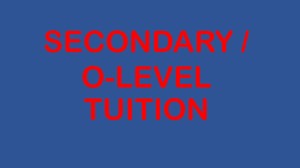
=============================================================
ORIGINAL POST (OUTDATED):
Sec 2 Math (Investment amount: $120 per mth):
Wed 4.00 pm – 5.30 pm; (4 vacancies)
Sun 12.30 pm – 2.00 pm; (3 vacancies)
Tutor(s):
Mr Teng K. S., NTU undergrad majoring in Math.
Mr Ilyasa; M.Ed (NIE), PGDE (NIE), BSc (NUS), A-Level (RJC); ex-sch teacher, full-time tutor (8 years) of PSLE, O and A Level Math and Physics.
Sec 2 Science (Investment amount: $120 per mth):
Fri 4.00 pm – 5.30 pm; (4 vacancies)
Sun 10.45 am – 12.15 pm; (3 vacancies)
Sec 1 Math (Investment amount: $120 per mth):
Tue 4.00 pm – 5.30 pm; (4 vacancies)
Sec 1 Science (Investment amount: $120 per mth):
Thur 4.00 pm – 5.30 pm; (4 vacancies)
Tutor(s):Mr Ilyasa; M.Ed (NIE), PGDE (NIE), BSc (NUS), A-Level (RJC); ex-sch teacher, full-time tutor (8 years) of PSLE, O and A Level Math and Physics.
To register, kindly send an sms to 97860411, indicating the Student Name, Subject and Level.
Metacognition enhances learning
Various studies have revealed that metacognition helps to enrich students’ learning in different domains. For example, it has the potential to increase students’ capacities for independent learning (Ganz & Ganz, 1990).
Research also shows that knowledge of metacognition, such as being familiar with one’s strengths and weaknesses and searching for ways to overcome the latter, contributes to more effective learning (Bransford, Brown, & Cocking, 1999). Research also suggests that metacognition improves one’s chances of success when it comes to completing activities that rely heavily on thinking processes (Garner & Alexander, 1989; Pressley & Ghatala, 1990).
Many studies in metacognition have concluded that those who have advanced metacognitive abilities are more adaptable and steadfast in problem solving (e.g., see Artzt & Armour-Thomas, 1992; Swanson, 1990). Studies have also shown that one’s ability to plan and monitor a problem-solving process requires several metacognitive skills such as regulation and evaluation of thought processes (Mayer, 1999), and the use of metacognitive skills has the potential to identify the more able students from the less able ones (Pellegrino, Chudowsky & Glaser, 2001).
In addition, research has shown that one’s individual and group learning skills can be improved through the acquisition of metacognitive competencies (White & Frederiksen, 2005). Recent studies have also revealed that students who often fail to choose appropriate strategies, monitor or regulate their work, or articulate their thought processes are more likely to perform poorly in mathematics (e.g., see Lucangeli & Cabrele, 2006; Carlson & Bloom, 2005).
Note: The above paragraphs are adapted from my minor research paper, Examining Supports for Metacognition in Singaporean Lower Secondary Mathematics Textbooks, NIE, 2011. All rights reserved.
Related links:
(1) Metacognition – The secret to learning and problem-solving;
(2) Metacognition and problem-solving;
(3) Is Metacognition part of the Singapore Math curriculum?
_______________________________________
TUITION CLASSES:
_______________________________________________________________
EDUCATIONAL SERVICES:
______________________________________________________________
By EX-MOE TEACHERS & EXPERIENCED TUTORS
@ BLK 644, BUKIT BATOK CENTRAL, #01-68. S(650644).
CALL 65694897 OR SMS 98530744 OR 97860411.
Metacognition and mathematical problem solving
Metacognition is a crucial element in problem-solving, which is itself a key component in mathematics learning. To monitor and regulate one’s cognitive processes in problem-solving, Polya (1945) describes a four-step method: first, one has to comprehend the problem by sub-dividing it into more manageable parts and recognize any given data, conditions and variables to be found; second, one devises or selects a strategy to find the connections between the known data and the unknowns to be found; third, one executes the plan, scanning, regulating and examining each step; and, finally, after obtaining the solution, one evaluates the results which may involve re-visiting the previously taken steps.
Building on Polya’s work, Schoenfeld (1987) describes effective mathematical problem-solving as being contingent on how one uses four types of knowledge/skills: (1) resource knowledge, which is knowledge about one’s abilities and cognitive processes including knowledge of how to perform tasks or procedures; (2) heuristics, which are specific problem-solving methods or strategies; (3) regulatory processes, which includes the organisation and selection of resources and strategies; and (4) beliefs, which includes perceptions of and assumptions about mathematics (Gama, 2004).
Note: The above paragraphs are adapted from my minor research paper, Examining Supports for Metacognition in Singaporean Lower Secondary Mathematics Textbooks, NIE, 2011. All rights reserved.
Related links:
(1) Metacognition – The secret to learning and problem-solving;
(2) Metacognition enhances learning;
(3) Is Metacognition part of the Singapore Math curriculum?
_______________________________________
TUITION CLASSES:
_______________________________________________________________
EDUCATIONAL SERVICES:
______________________________________________________________
By EX-MOE TEACHERS & EXPERIENCED TUTORS
@ BLK 644, BUKIT BATOK CENTRAL, #01-68. S(650644).
CALL 65694897 OR SMS 98530744 OR 97860411.

